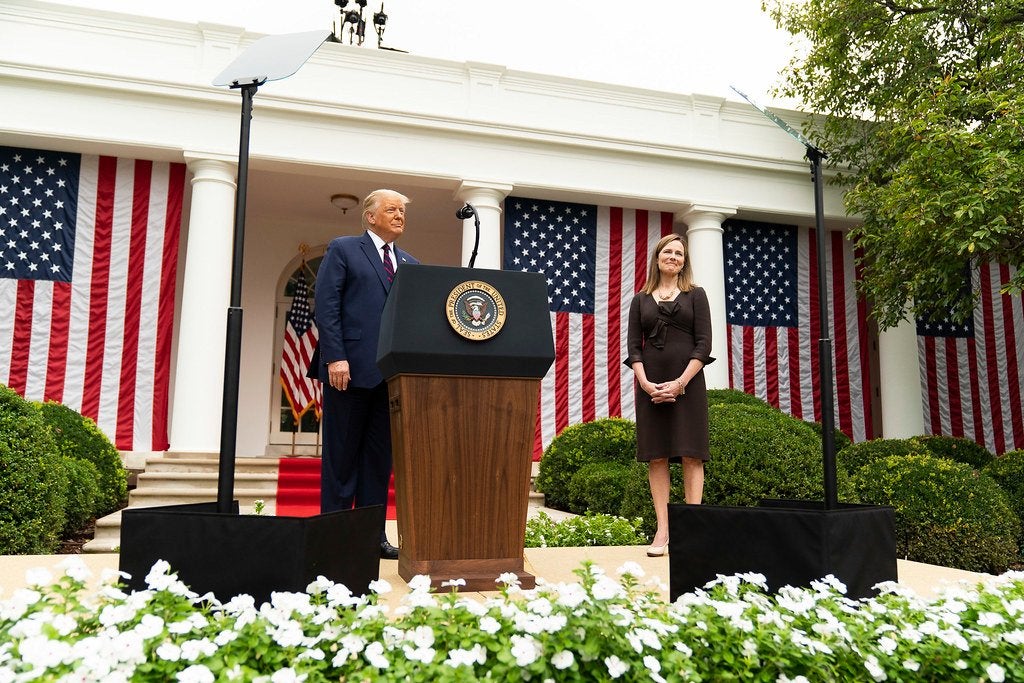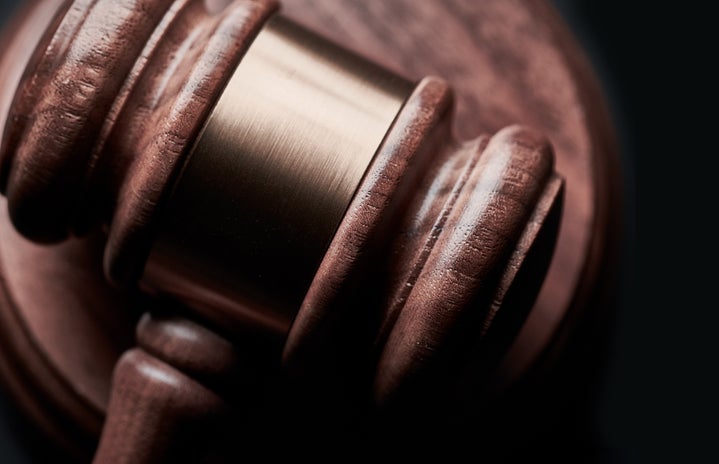The Senate voted 52 to 48 to confirm President Trump’s nomination of Judge Amy Coney Barrett, a conservative appeals court judge, just eight days before the election after 60 million Americans had already voted.
Barrett was confirmed to the Supreme Court on Monday, Oct. 26, in a lightning-fast Senate approval that gave President Trump a victory ahead of the election and promised to tip the court to the right for years to come.
With the focus primarily on the coronavirus pandemic and the presidential election just days away, Republicans overcame Democratic opposition to make Judge Barrett the 115th justice of the Supreme Court and the fifth woman. The vote sided with the Republicans 52 to 48, with all but one Republican, Susan Collins of Maine, supporting her. This was the first time in 151 years that a justice was confirmed to the Supreme Court without the support of a single member from the minority party.
The confirmation of Judge Barrett concluded the push by the Republicans to fill the vacancy created by the death of Justice Ruth Bader Ginsberg just six weeks before the election. Democrats urged Republicans to wait for voters to have their say on election day. They warned of a disastrous precedent that would draw retaliation should Republicans win power, and, in a last-ditch act of protest, tried unsuccessfully to force the Senate to adjourn before the confirmation vote. In response, Republicans said that it was their right as the majority party and rejoiced in their win. In replacing Justice Ginsberg, a liberal icon, the court is gaining a conservative who could sway cases in every aspect of American life, including abortion rights, gay rights, business regulation and the environment.

Judge Barrett’s impact could be felt right away. There are major election disputes awaiting immediate action by the Supreme Court involving the states of North Carolina and Pennsylvania. Both concern the dates that absentee ballots can be accepted. Soon after, she will look over a docket studded with major cases on President Trump’s policies, not to mention a potential challenge to the election results that the president has cited as a reason he needed a full complement of justices before Nov. 3. Coming up quickly are challenges to the Affordable Care Act, signature Trump administration immigration plans, the rights of same-sex couples and the census.
The court is also slated to act soon on a last-ditch attempt from President Trump’s personal lawyers to block the release of his financial records to a grand jury in Manhattan.
It is not certain what way any justice will vote, and Judge Barrett pledged during her confirmation hearings to be an independent mind, but she is widely viewed by both parties as a judge in the mold of Judge Scalia, her mentor, who would consistently vote in favor of conservative policies.
Now that the Republican party has a majority expect many conservative policies to soon take effect.



